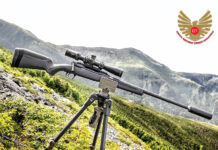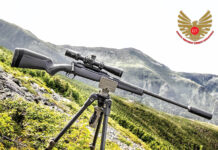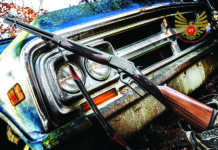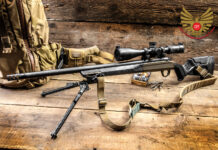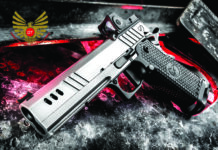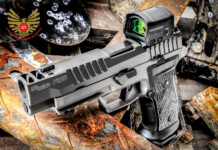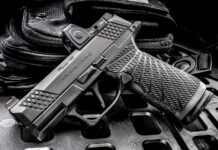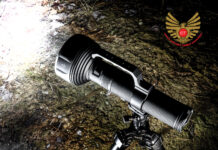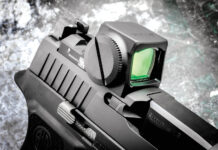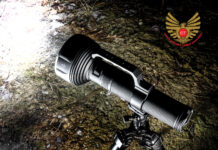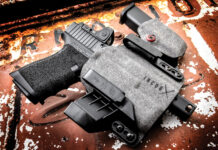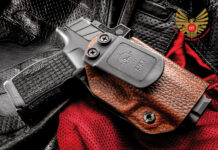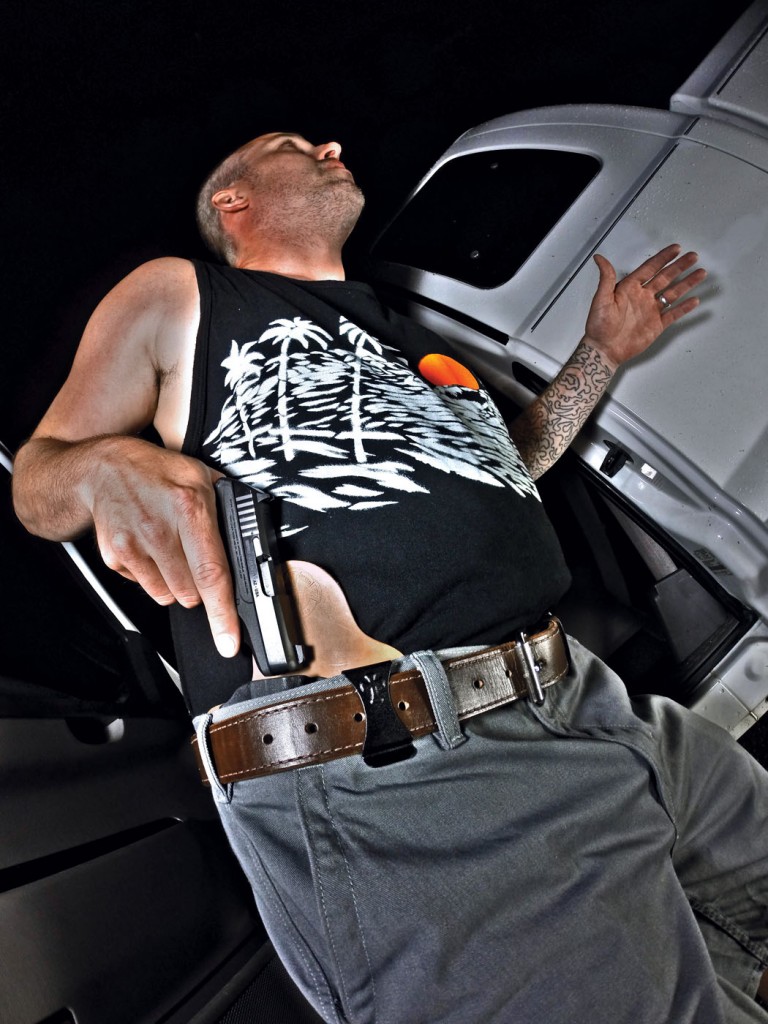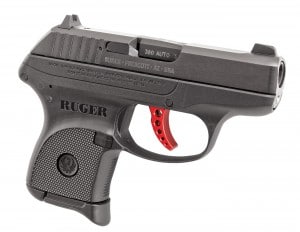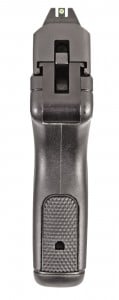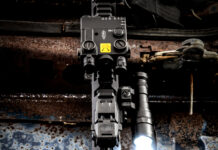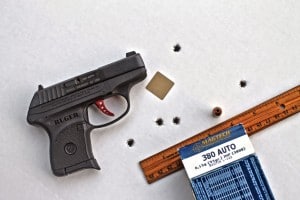
The trigger pull on the Custom is simply the smoothest I’ve yet felt on any factory LCP. On the Lyman digital gauge, it averaged right at nine pounds. It was smooth, without “stacking” (pressure increasing as the pull continues) but also with some “backlash” (rearward movement after the hammer has fallen).
Keeping the hits on target—even more essential with lesser-powered handguns—requires a very firm hold on the LCP. Bear in mind that this is not intended to be a long-range pistol. State investigator, Allen Davis, rapped off a magazine from ten yards and put the first five shots square in the 4-inch diameter 10-X ring of a Bianchi Cup target, the same one used at GSSF matches. The sixth shot went left (“I pulled it,” muttered Allen, who was suffering from a sore elbow on the gun hand side at the time), but the .380 slug still hit the 8-inch diameter 10 ring.
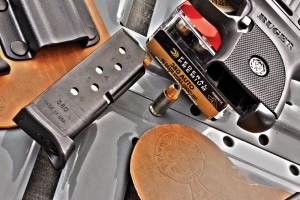
At the 25 yard bench, compared to previous LCPs we’ve shot, the Custom did not give the best groups ever. If you want one-inch groups from there, you want to turn to other pages in the Ruger handgun catalog. 100-grain, deep-penetrating, flat-nose, hard-cast lead bullets loaded to standard pressure by Buffalo Bore grouped just under 6 inches, the best three in a bit less than 4 inches. Remington-UMC 95-grain FMJ, that has won for me in GSSF “Pocket Glock” with the Glock 42 .380, grouped wider still. My best 25-yard group with the LCP was with Mag-Tech 95-grain JHP: 5.10” for five shots, with the best three in 2.05”. For perspective, we need to remember some things. One is that these vest pocket size .380s are not built for 25-yard shooting. Moreover, the 100% scoring zone is an 8-inch circle on the Bianchi Cup and IDPA targets, and an almost 6” X 11” rectangle in the chest of the classic IPSC silhouette. These groups, centered, would all have scored 100%, even at 25 yards.
Some have expressed the concern that in pocket carry, the high sights on the Custom might snag on the draw. I did repeated practice draws out of a size small Remora holster, and the LCP Custom never snagged once. The steeply sloping rear configuration of the LCP slide helps in this regard. The pants were Dockers and BDUs; didn’t try it in tight jeans.
Reliability
Our test team included men 5’ 10” to 6’ 0” tall, petite females and willowy females. Shooting included one hand only with either hand and deliberate limp-wristing, not just two-hand holds. Ammo ranged as noted from JHP to ball to flat-nosed lead bullets. There were no malfunctions of any kind in hundreds of rounds fired. All testers had shot or even owned LCPs in the past. All, without exception, said the Custom had the best trigger and sights they’d ever encountered on the Ruger LCP.
The sobriquet “Custom” is well-chosen for this LCP variant. If I had taken my original LCP to a custom pistolsmith and said, “Give me some decent sights and a better trigger,” this is probably what the ‘smith would have come up with . . . and I can guarantee you it would have cost a helluva lot more than the thirty-dollar premium Ruger has put on the LCP Custom.
A super-small, reliable .380 just got a whole lot better for not much more money at all. This writer gives the LCP Custom a definite thumbs-up. See it at your firearms retailer, or for more information contact Sturm, Ruger & Co., Dept. OT;
Tel.: (336) 949-5200;
Web: www.ruger.com

